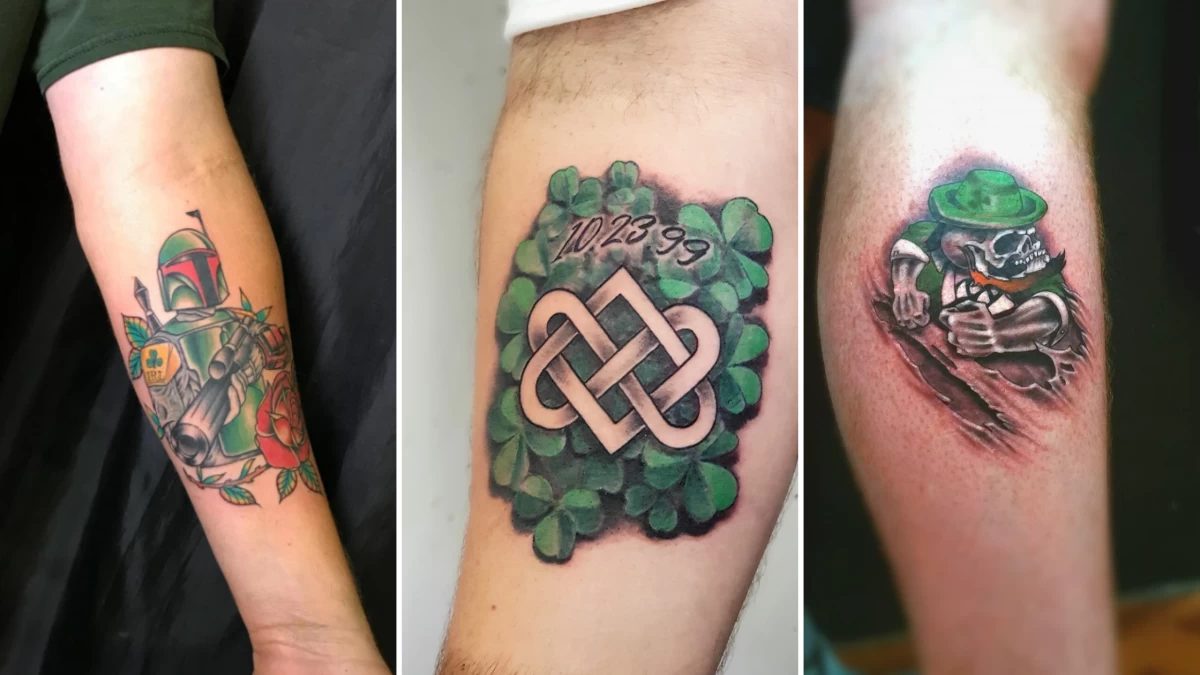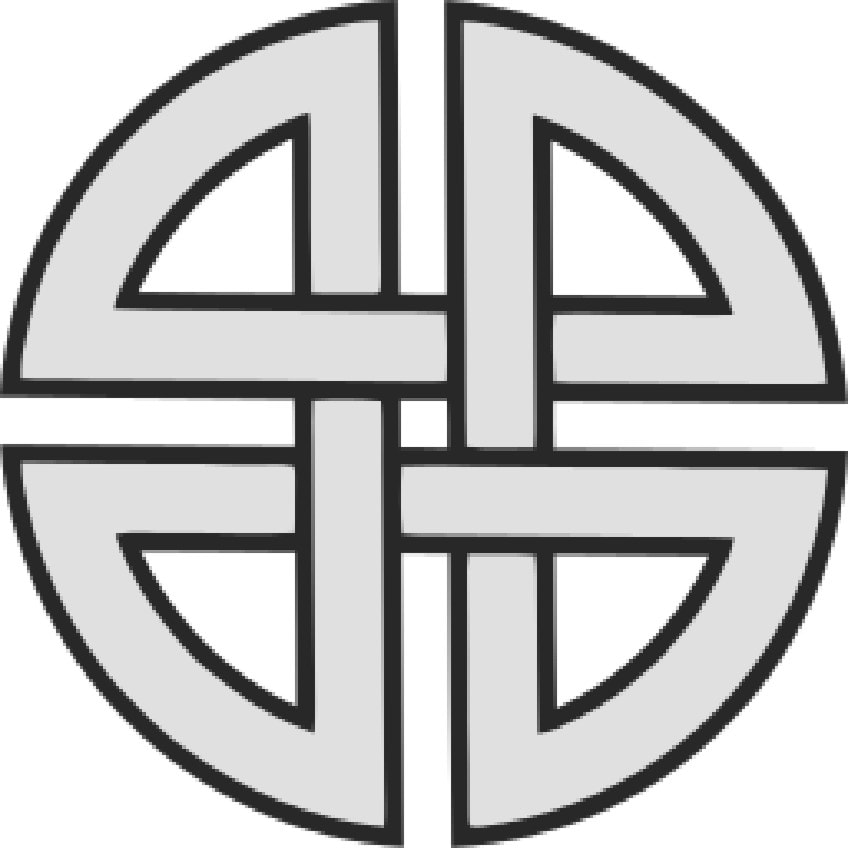The Intricate Story of an Irish Tattoo Sleeve: Symbolism, Tradition, and Artistry Explored
– The Celts are one of the oldest tribes in the world and their culture evolved as early as 1200 BC.
– Tattoos are often used by those with Celtic roots, such as the Irish, to celebrate their heritage.
– Celtic culture and language are most prevalent in Ireland, Scotland, Wales, Cornwall, the Isle of Man, and Brittany.
– The Celts historically used tattoos as a way to intimidate enemies in battle and for protection.
– Tattoos were also used by tribes to signify rites of passage, coming of age, victories in war, or other great deeds.
– Celtic sleeve tattoos are described as old-school chic and masculine, with intricate designs and symbolism.
– These tattoos often feature interwoven knots, Celtic crosses, dragons, and other Celtic symbols.
– Celtic knots are created with a single, unbroken line and can symbolize interconnectedness or balance.
– Dragons represent power, courage, and wisdom in Celtic culture.
– The Celtic cross is another important symbol and is associated with St. Patrick.
– Celtic sleeve tattoos are praised for their beauty, staying power, and ability to evoke a sense of purity and reserved extravagance.
– Some of the styles mentioned include traditional Celtic symbols, hybrid technical Celtic sleeves, intricate Celtic knotwork, and black ink-based Celtic sleeve tattoos.
– The Trinity Knot symbolizes the Holy Trinity in Christianity.
– The Celtic dragon in Celtic tradition is a powerful protector.
– The popularity of dragon tattoos in Celtic art due to their symbolism of strength and wisdom.
– Dragons are commonly found in the coat of arms and family seals in this area.
– Celtic-influenced tattoos can be visually dramatic.

